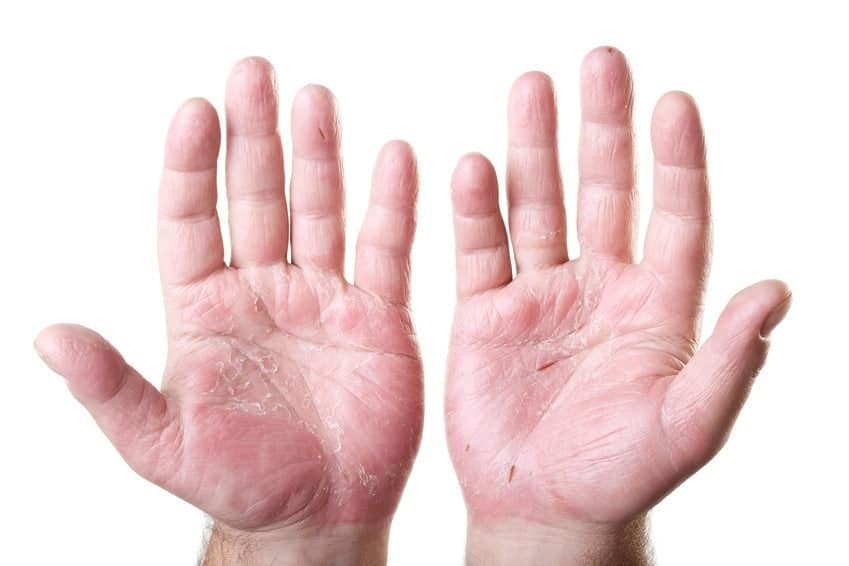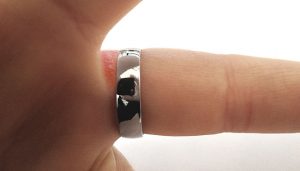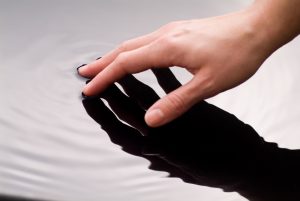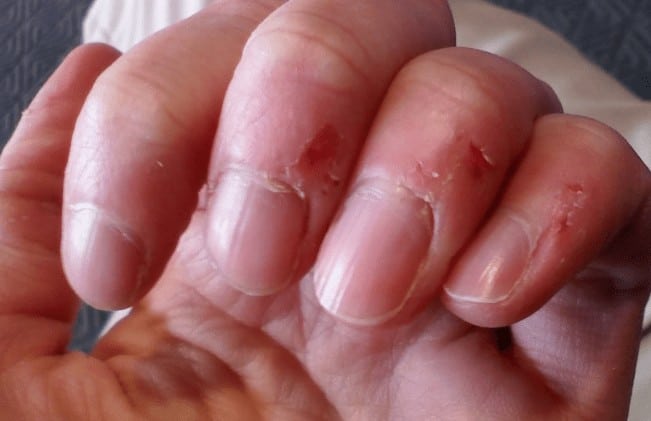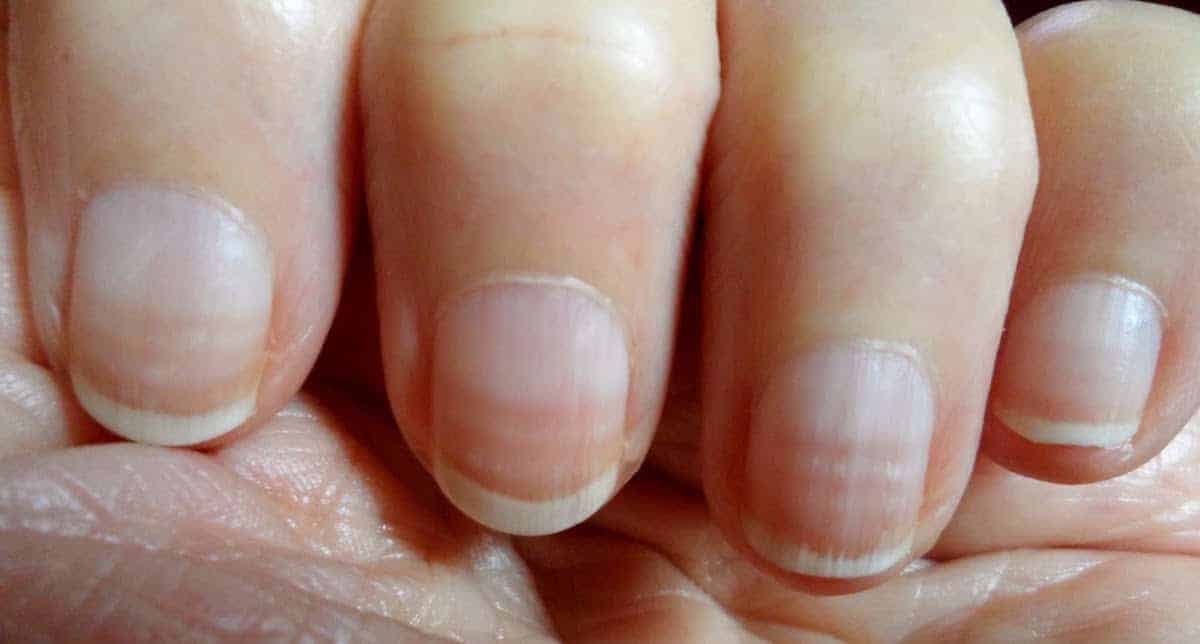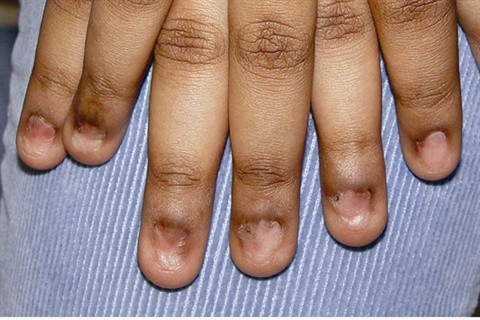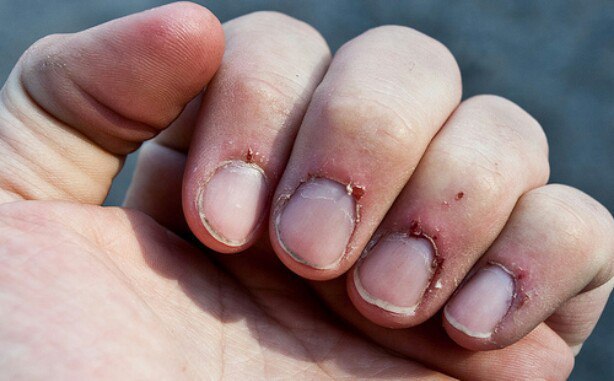Eczema on Fingers: What It Is, Causes and Treatment
Eczema is a skin disorder which is characterized by the redness and inflammation of the skin. The affected area itches and resembles a rash. Eczema on fingers and hands is just one of the many ways in which this malady manifests itself. As per some studies, nearly ten percent of the US population is afflicted with hand eczema. So if you are suffering from this ailment, you need not worry. The malady is pretty well-documented.
Eczema on Fingers
Eczema on fingers and hands in medical terms is called Hand Dermatitis (eczema is only a generalized terminology for dermatitis). This condition includes symptoms like dryness of hands faking or peeling, redness, itching, and formation of cracks. A more severe form of hand dermatitis is called the Dyshidrotic Eczema. Besides the regular symptoms of hand eczema, dyshidrotic eczema also leads to the formation of liquid-filled blisters on the fingers, palms, toes and the soles of the feet.
These blisters can sometimes be large and painful. They stay for nearly three weeks and then shrivel up. The skin now becomes thick and sponge-like exacerbated by the constant scratching induced by the dryness of the patch.
It has been noted that Dyshidrotic Eczema usually starts showing up during allergy seasons; hence, spring is the most common time of the year when you may develop this form of eczema on fingers.
Split Fingernails – What to Do
Is Eczema Contagious Or Not?
No, it is not contagious. It is only a skin condition that is exclusive to the individual. It makes working with hands and fingers difficult and even painful, but it cannot be passed on to healthy people simply by touch. The reason that is taboo is the unsightly impact it has on the patient, both at the peak and towards the end of the ailment.
Causes of Eczema on Fingers
In general, people suffering from eczema are usually those who come in contact with water or certain chemicals in their daily lives. Albeit there are other factors too.
Psychological Stress: Sustained emotional trauma can lead to eczema, especially on the fingers and the hands.
Allergens: Pollens are reported to one of the causative agents for Dyshidrotic Eczema. For this reason, people suffering from hay fever are known to have increased chances of suffering from this ailment.
Metals: Some metals like nickel and cobalt are also linked to eczema on fingers and hands. Nickel is a common constituent in jewelry, stainless steel items and even some forms of food. Cobalt, meanwhile, is also found in jewelry, paints, and varnishes. Constant exposure to these metals accentuates the risk of suffering from Dyshidrotic Eczema.
Genetic: In some cases, eczema is a trait passed down over generations. In such scenarios, minor triggers can induce a bout of eczema on fingers and hands.
Usually, most cases of eczema on fingers are observed in people in eth age bracket of twenty to forty. However, children too, have been reported to show these symptoms.
Treatment
In many cases – especially if it is genetic – eczema cannot be avoided. But as a general rule, good skin care tends to minimize incidences of this ailment. If afflicted, you can resort to some homely remedies, as we have described below. If, however, the condition becomes serious, medication may become necessary.
Hydrating the skin: In order to relieve the dryness and flaking of the skin, it is a good idea to dip the affected fingers into a pan of cool water. Alternatively, you can apply a compresses on the affected areas two to four times daily for fifteen minutes each. Follow this up with a good, soft, hydrating moisturizer or a skin ointment.
Medication and therapy: If eczema on the fingers becomes too serious, it is best to consult a medical practitioner. They are known to offer various solutions such as the application of topical steroids, TCIs or even phototherapy. Some physicians may also burst the blisters at the clinic and may even suggest a dose of Botox. The latter method reduces the sweating tendencies, which only aid in the formation of the blisters.
Following Video Shows The Cure & Remedy of Eczema
Care should always be taken to ensure that the affected area does not get infected. This form of secondary infection can lead to complications which are hard to resolve.
Eczema on fingers is a fairly common ailment, but it does pose problems for manicurists. The presence of painful blisters and bruises makes it difficult to treat the fingers and the nails adequately. Also, the use of harsh chemicals could actually worsen the condition. Hence, it is widely recommended to have the malady cured before going for a full manicure.
